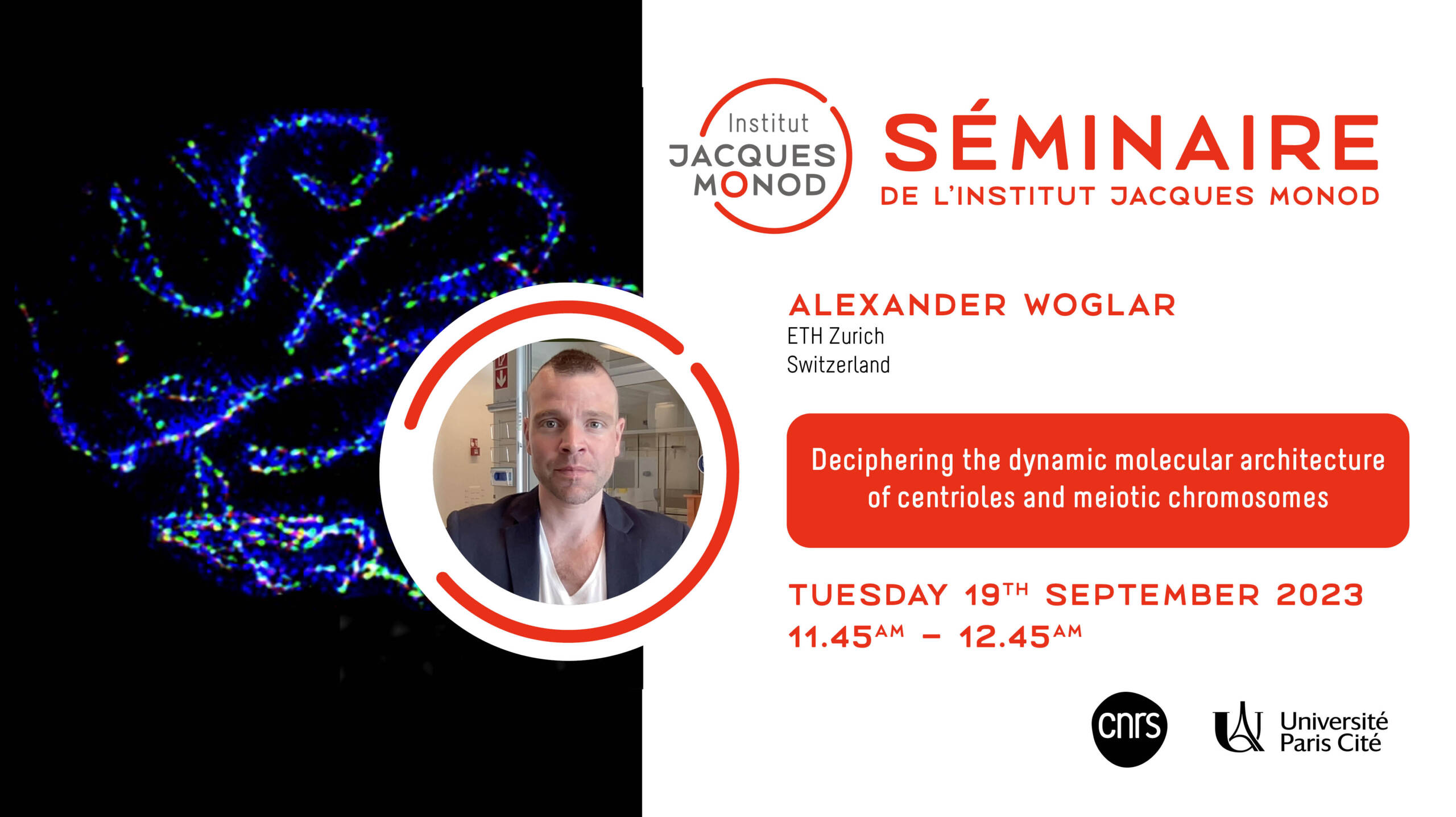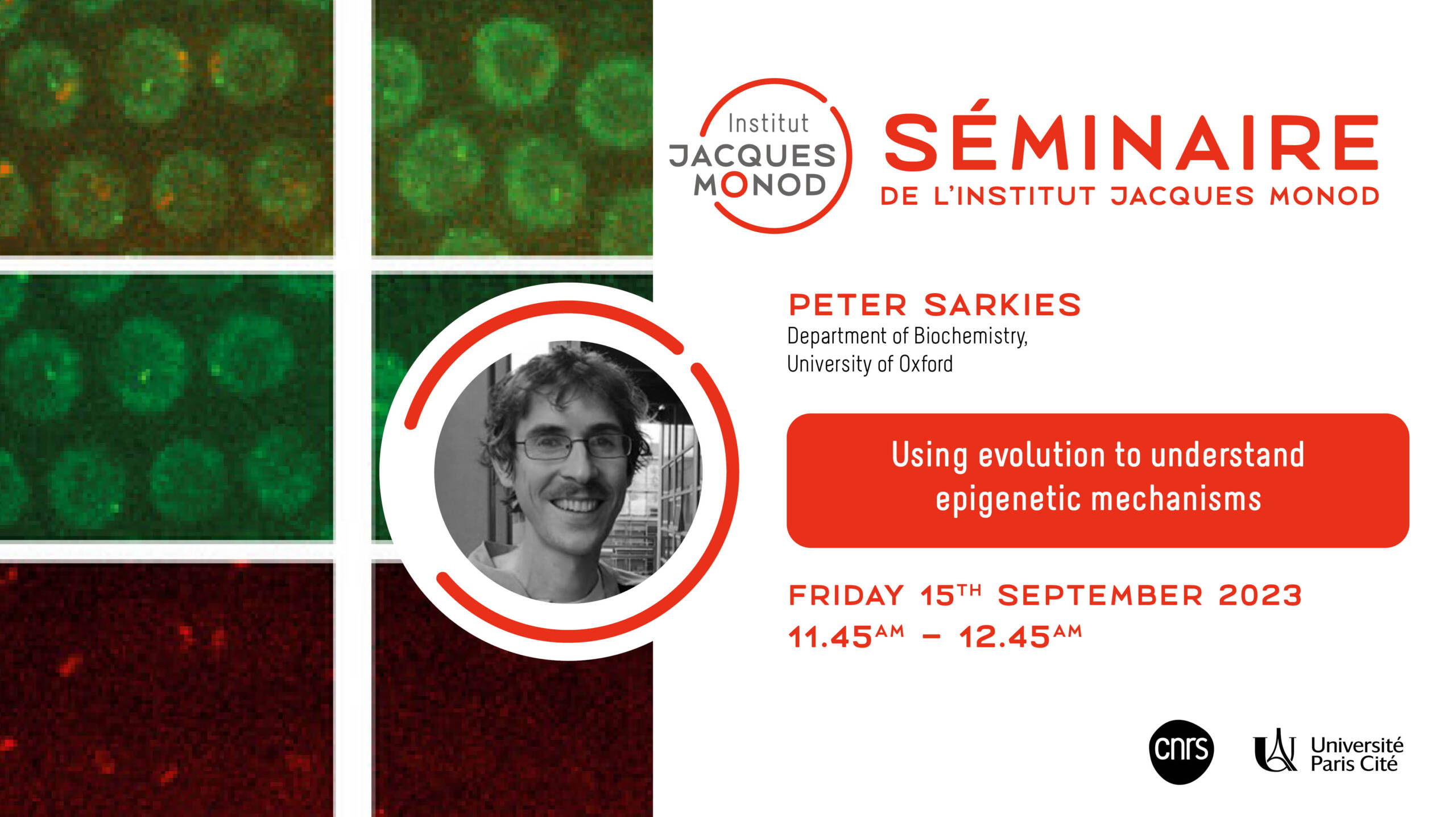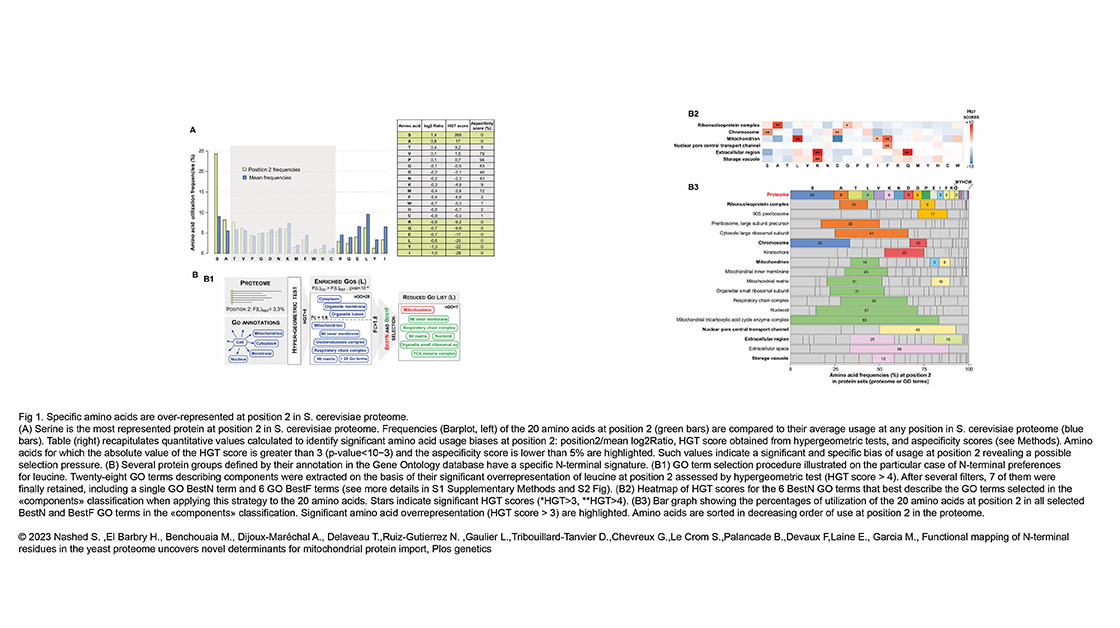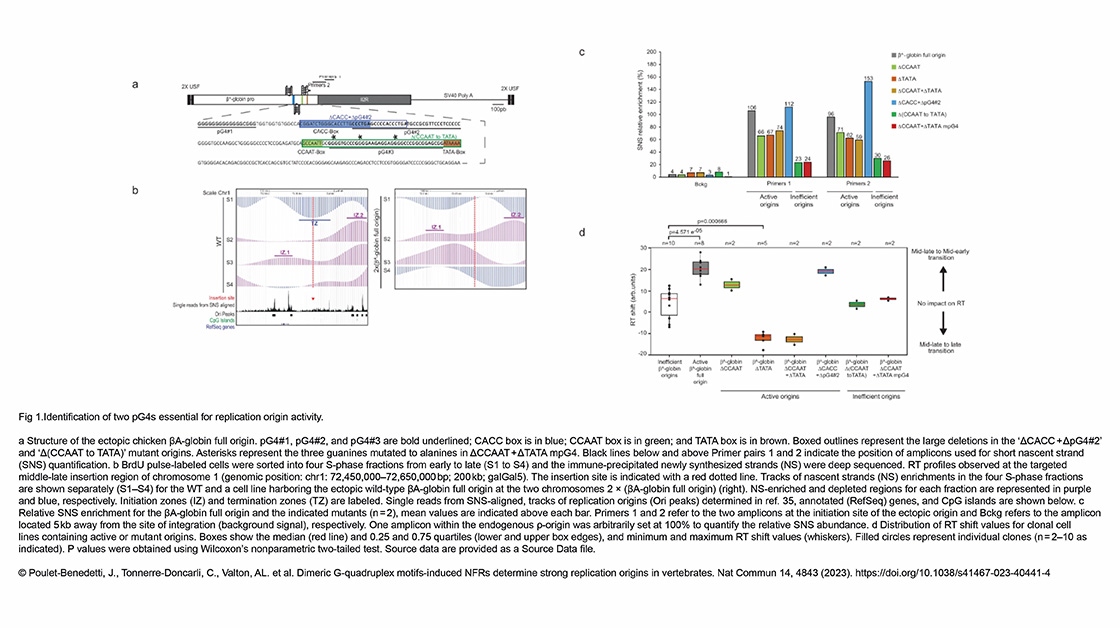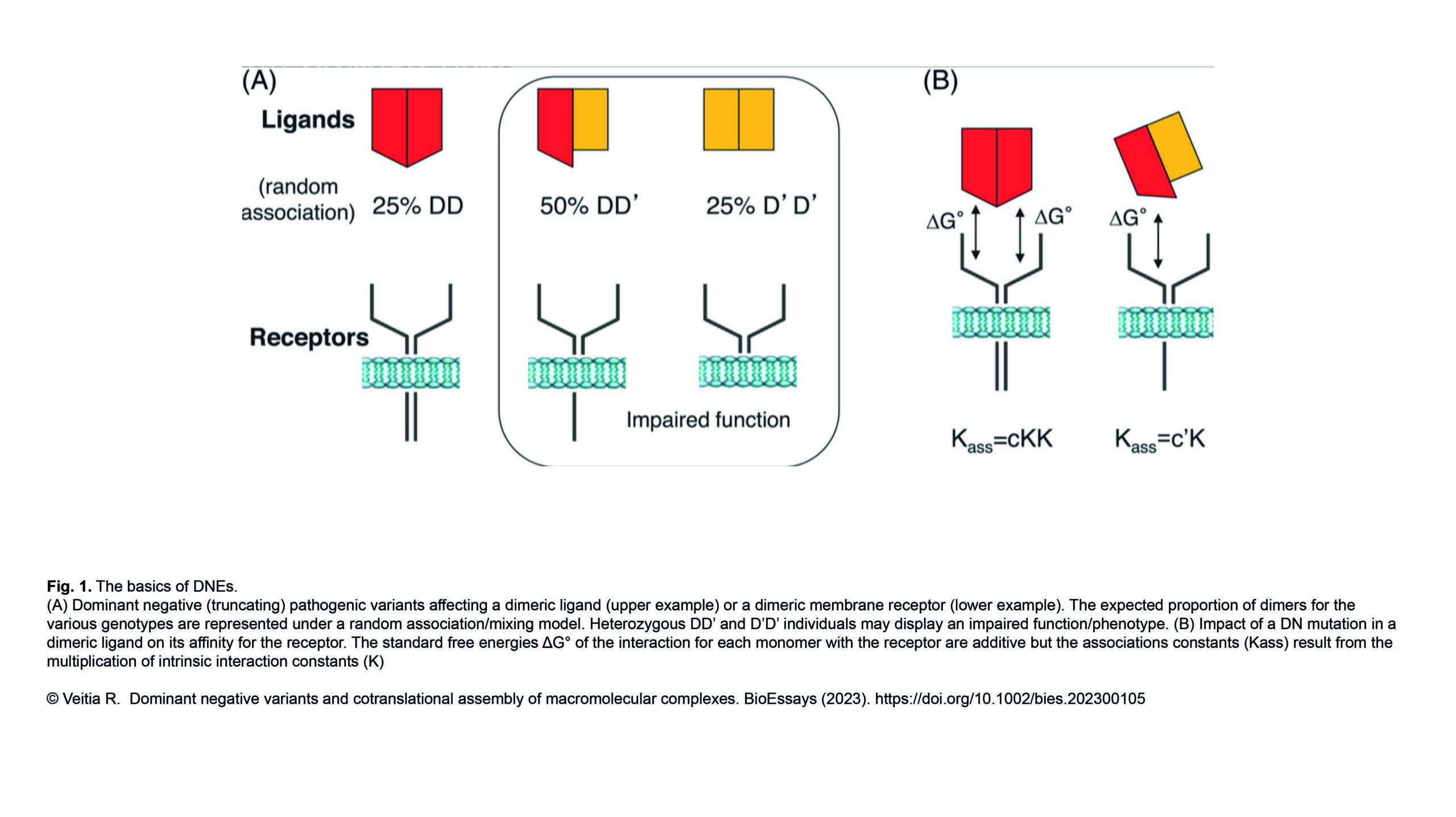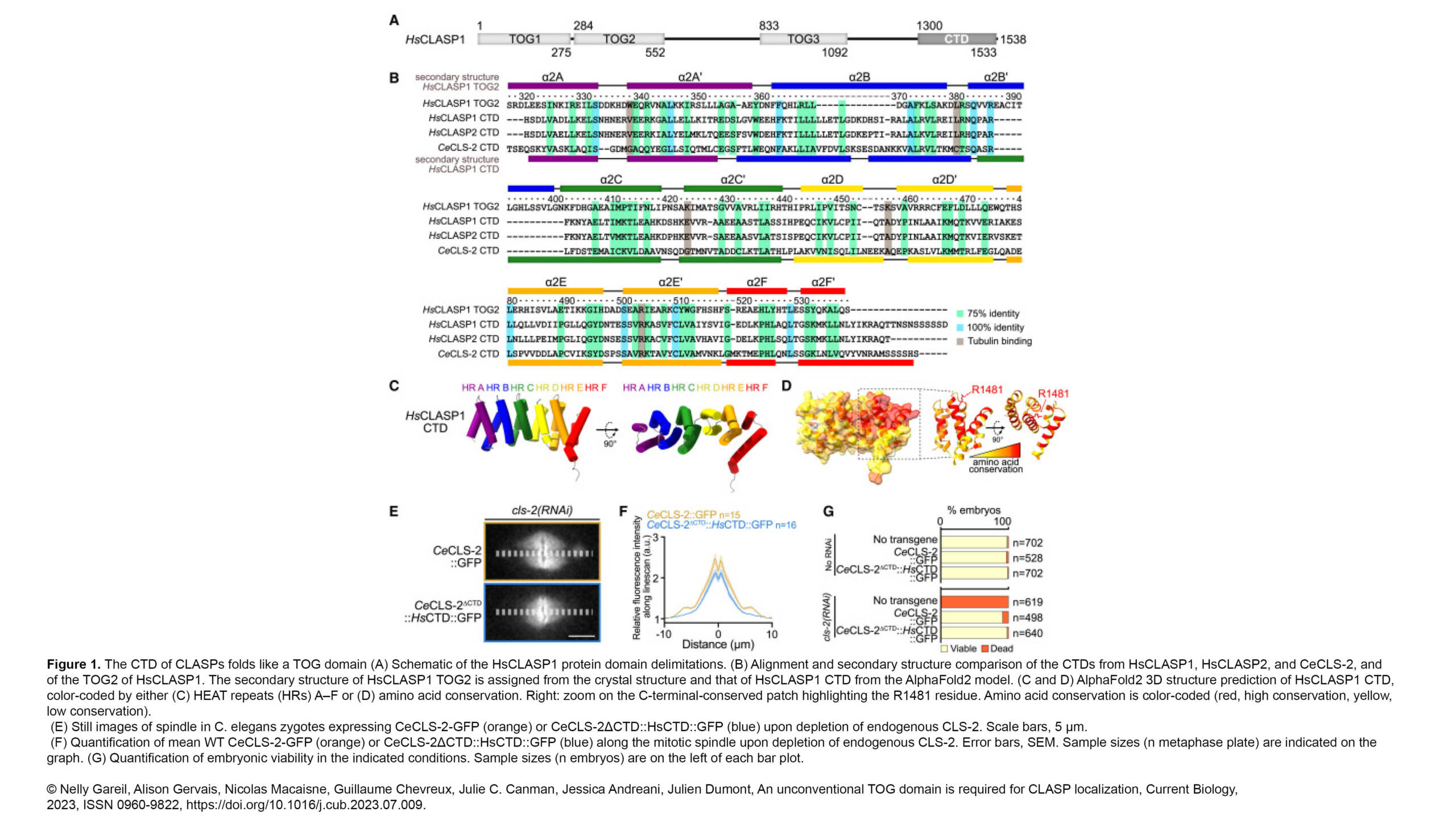Olivia Charmant (équipe Duharcourt) va présenter sa soutenance de thèse intitulée "Elimination programmée d'ADN chez Paramecium tetraurelia : caractérisation de protéines contrôlant la dynamique des petits ARN". La soutenance aura lieu le jeudi 21 septembre à 14h, dans la salle François Jacob de l'Institut Jacques Monod.



